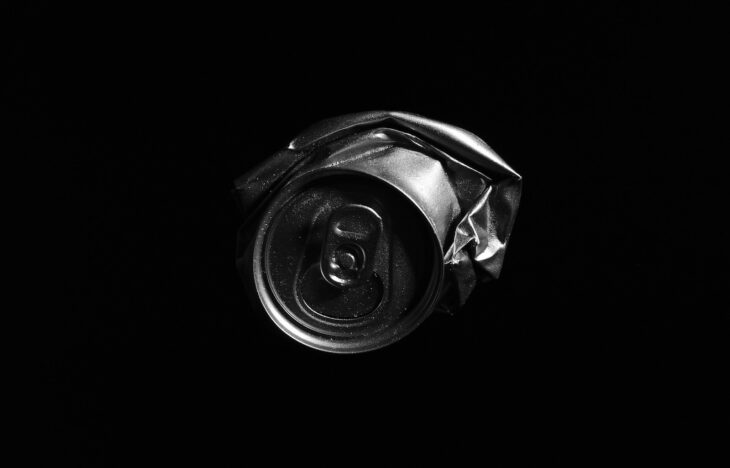The International Aluminium Institute (IAI) released the first comprehensive public study analyzing the recycling value chain for single-use beverage containers in five key markets. The data shows that today more than 70% of the material used in aluminum cans is recycled into new products — almost double that of glass (34%) and plastic (40%).
Accordingly, research commissioned by the IAI into the recycling of three beverage container materials — aluminum, glass and plastic (PET) — has shown that aluminum cans best support a circular economy. The study shows that compared with aluminum cans, more glass and plastic bottles end up in landfills, because they are not collected. In addition, the losses in the recycling system once collected is three times higher for PET and glass bottles than for the aluminum cans.
On behalf of the IAI, Eunomia Research and Consulting studied data in five regions: Brazil, China, Europe, Japan, and the U.S. It looked at the end-of-life processing losses for aluminum cans, glass bottles, and plastic (polyethylene terephthalate – PET) bottles. The study also looked at the collection, sorting, reprocessing, and thermal processing, a well as closed-loop recycling and open-loop recycling.
“While no drinks container has achieved its full circularity potential yet, aluminum outperforms glass and plastics (PET) at all stages of the waste management system,” said Ramon Arratia, vice president of Global Public Affairs at Ball Corporation. “Today, aluminum cans are the most recycled beverage containers globally. Once the aluminum can is collected from the consumer, it has an unrivaled sorting, reprocessing and remelting efficiency rate of 90% compared with glass (67%) and PET (66%). On this basis, aluminum can be described as a material of choice for a circular economy. This is especially important when we look at the carbon reduction potential of recycling.”
The aluminum can was first mass-produced by Coors Brewing Company in the 1950s to improve the taste of beer and provide a more sustainable container than steel cans. Therefore, it is reassuring to see from this study that the environmental goals of that ground-breaking new product all those years ago are still being realized. The IAI is celebrating its 50th anniversary this year, and has been reflecting on their organization’s long history of data collection, analysis and modeling.
“Aluminum is one of the most recyclable materials on the planet and the IAI is campaigning to ensure end-of-life products are returned into the recycling loop given the economic and environmental benefits of the metal in our global economy,” said Marlen Bertram, IAI’s director, Scenarios & Forecasts. “Comparing recycling rates of different materials is meaningless if you don’t know how the rate is measured and into what products the material is recycled back to. This study is the first public study that comprehensively analyzes the extent of recycling and losses of three beverage containers in different regions. By increasing the precision of identifying where major losses occur, the study could provide solutions to improving the rate of recycling for all materials. We are clearly in a new era in circularity transparency.”
Read more about the findings of this study in IAI’s information sheet, A Circularity Case for Aluminium Compared With Glass and Plastic.

